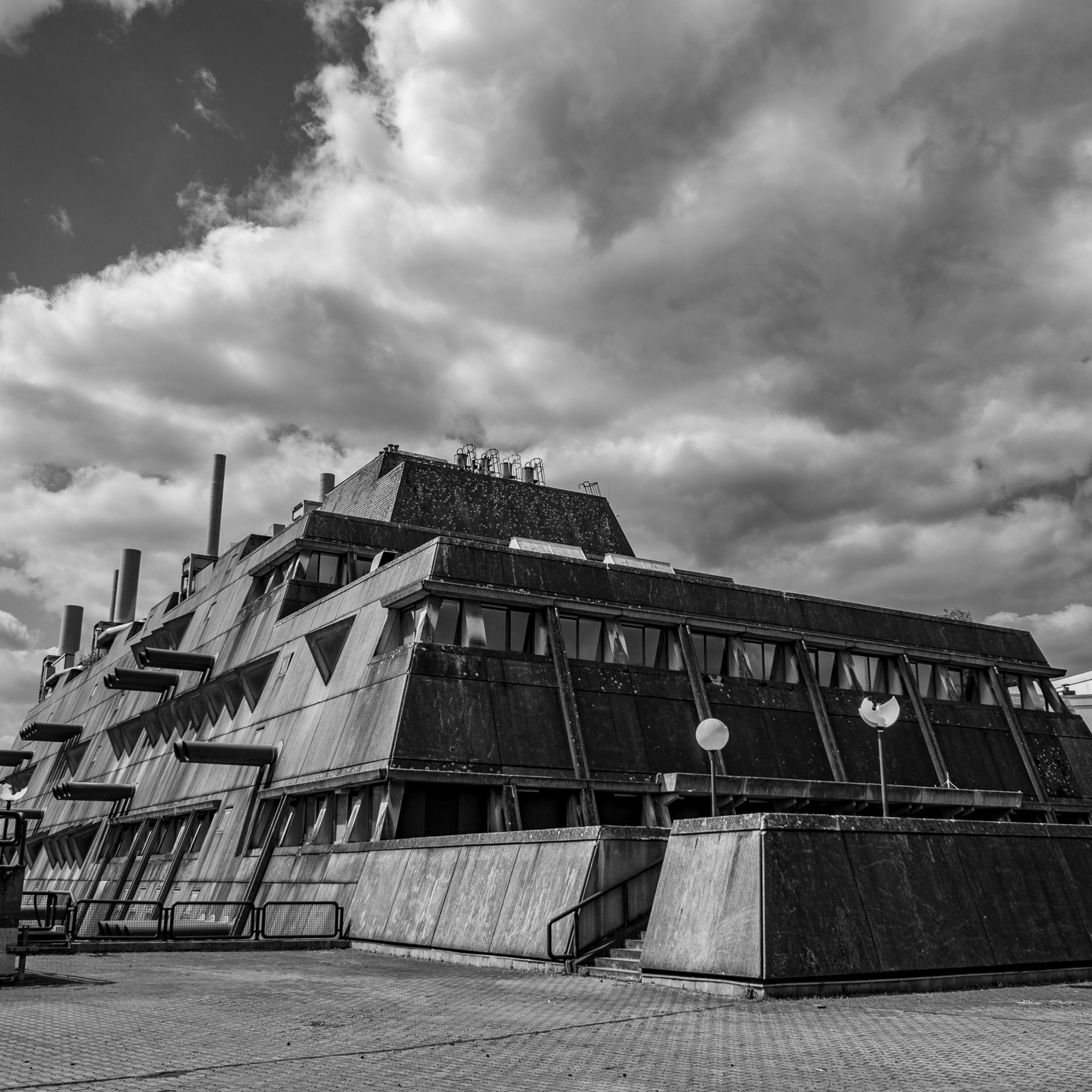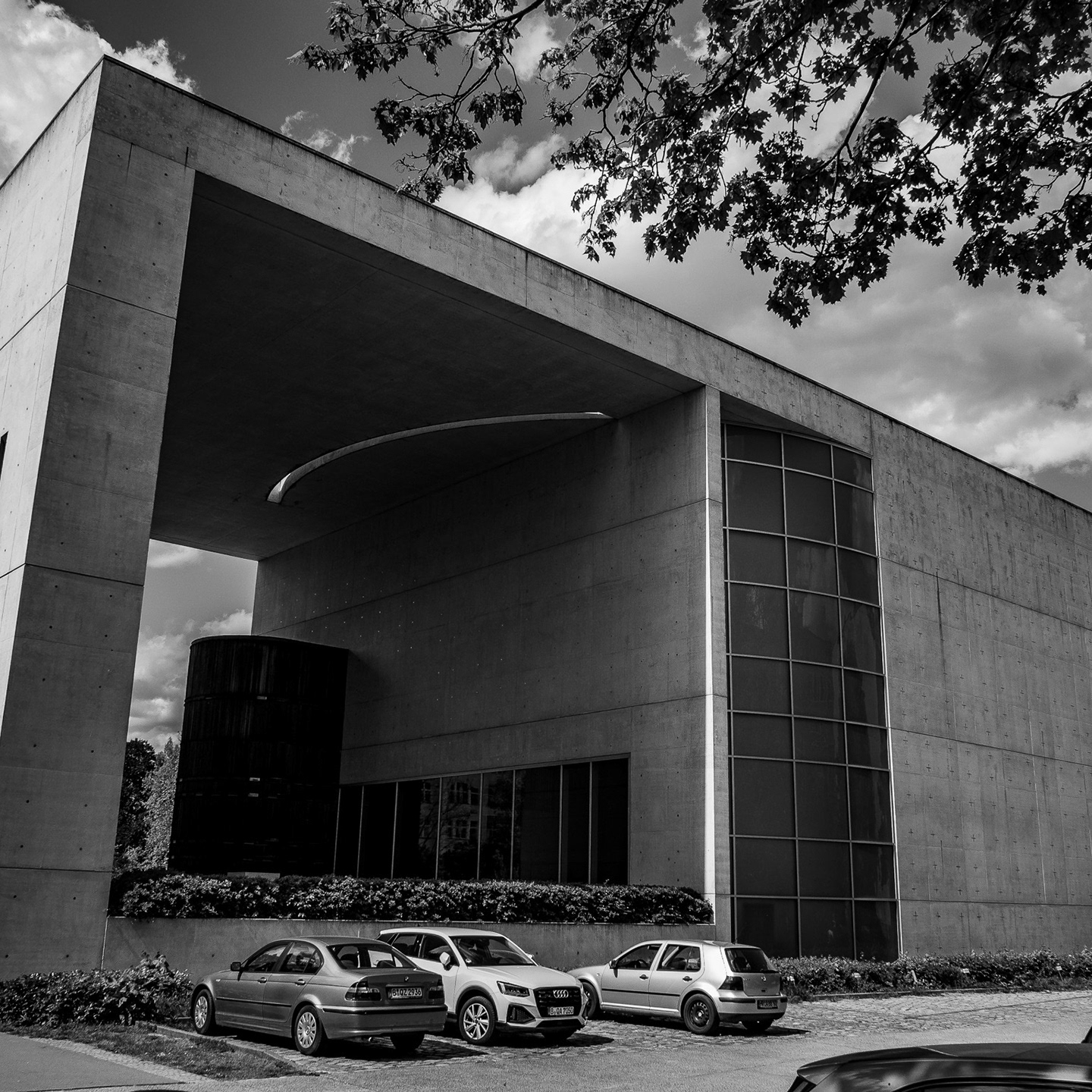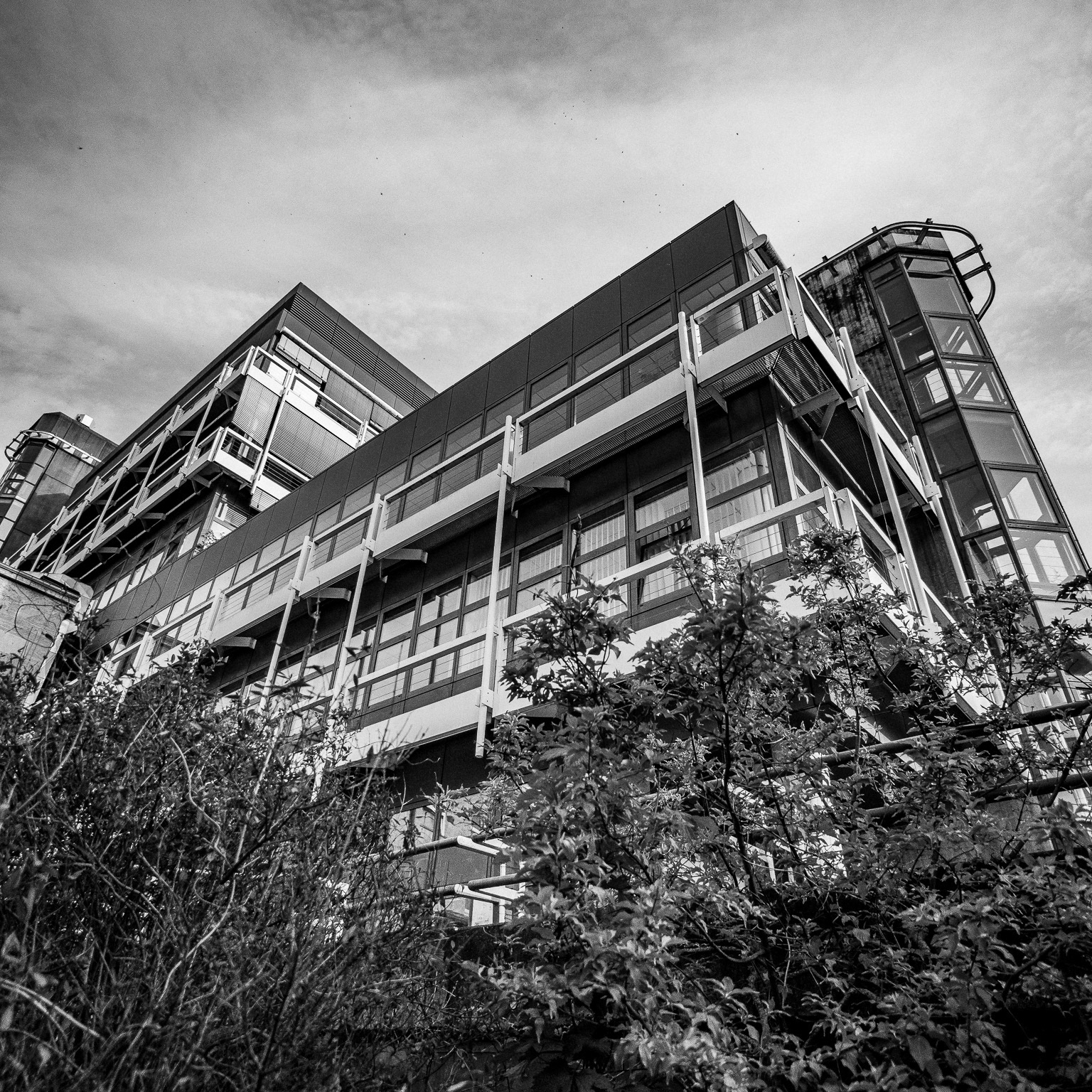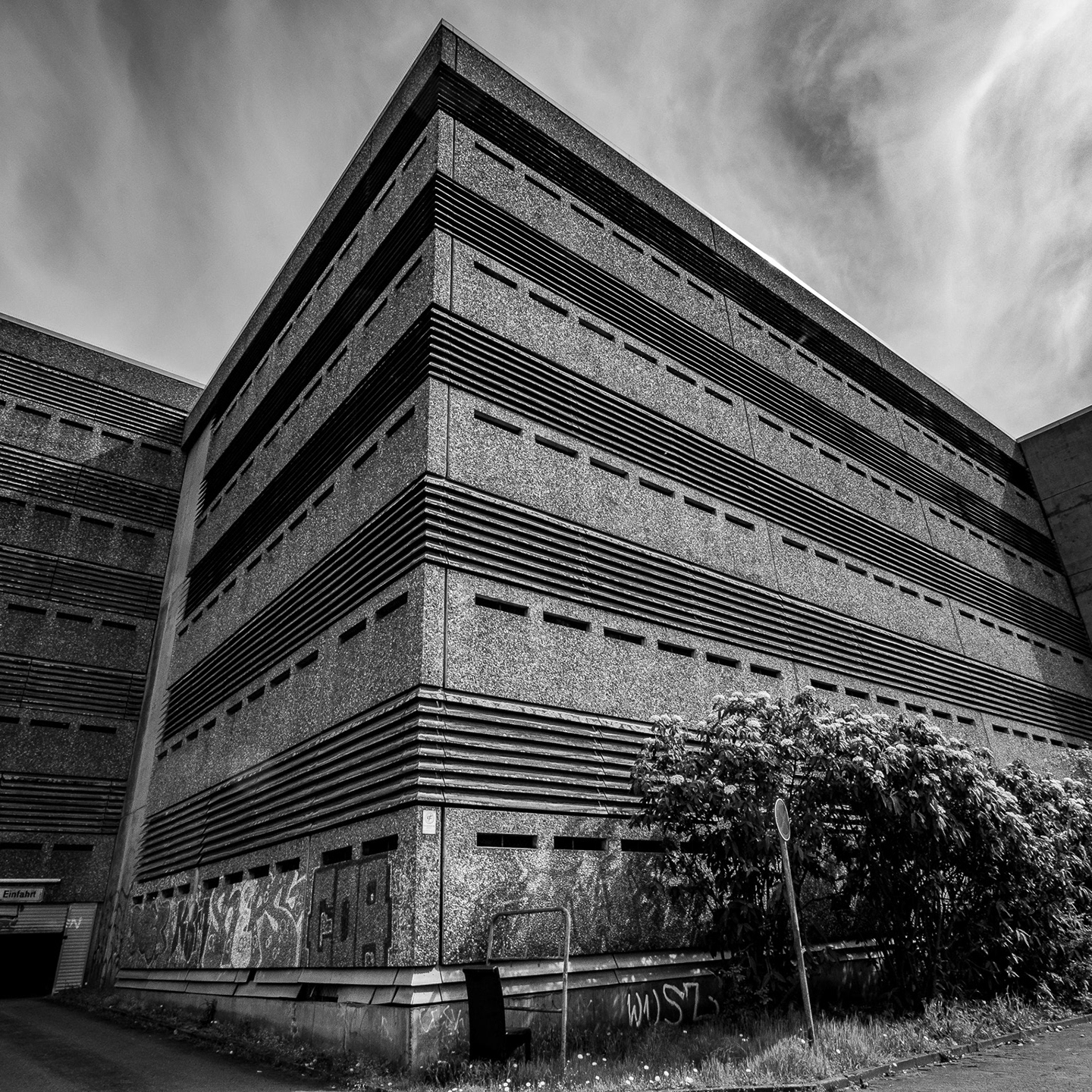1930s | Hermann Brenner & Werner Deutschmann
Established in 1909, the Johannisthal-Adlershof Motor Airfield in Berlin quickly became Germany's second airfield. It ceased operations in 1952 but wasn't officially closed until 1995. Subsequently, the area underwent significant redevelopment: the northern section was transformed into the Johannisthal/Adlershof Landscape Park, while the southern part developed into a new urban quarter featuring housing, commercial spaces, and a campus for Humboldt University of Berlin.
Adjacent to the airfield, the German Research Institute for Aviation (DVL) was established in 1912 by Ferdinand Graf von Zeppelin and under the directive of Kaiser Wilhelm II. It expanded significantly in the 1930s, including the construction of a soundproof engine test stand designed by architects Hermann Brenner and Werner Deutschmann. This facility was built to enhance aircraft safety by testing engines and propellers to their limits.
After World War II, the airfield fell under Soviet control and was used by the Red Army. The technical installations of the test stand were largely dismantled and subsequently lost. With the transfer of the area to East German authorities, the test stand was repurposed as a warehouse and workshop. In 1990, it was vacated but later became part of the Humboldt University of Berlin’s Adlershof campus, serving as a "Student Meeting Centre Engine Test Stand."
By the late 1990s, the engine test stand was recognized as a technical monument of Berlin and was restored in 2011. Today, this historical building is a prominent feature of the Aerodynamic Park on the university campus, highlighting its rich legacy in aviation and engineering. [SBZ1]
Sources: [SBZ1] https://www.golocal.de/berlin/denkmalbehoerde/technisches-denkmal-schallgeschuetzter-motorenpruefstand-adlershof-YVmUa/?utm_campaign=golocal_export&utm_medium=export_bpp&utm_source=alliance
Photos: Eric Bauermeister









